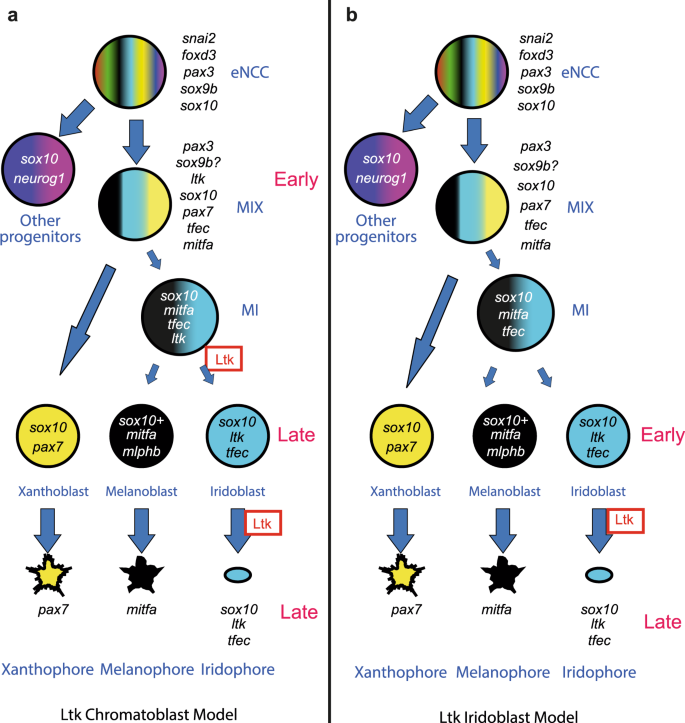2023-04-24 ジョージア工科大学
数名の学部生を含む研究チームは、論文「The Origin of Blinking in Both Mudskippers and Tetrapods Is Linked to Life on Land」で、米国科学アカデミー紀要に発表しました。
<関連情報>
- https://research.gatech.edu/mudskippers-could-be-key-understanding-evolution-blinking
- https://www.pnas.org/doi/10.1073/pnas.2220404120
ムツゴロウと四肢動物の瞬きの起源は、陸上生活と関係があること The origin of blinking in both mudskippers and tetrapods is linked to life on land
Brett R. Aiello, M. Saad Bhamla, Jeff Gau, John G. L. Morris, Kenji Bomar, Shashwati da Cunha, Harrison Fu, Julia Laws, Hajime Minoguchi, Manognya Sripathi, Kendra Washington, Gabriella Wong, Neil H. Shubin, Simon Sponberg and Thomas A. Stewart
Proceedings of the National Academies of Science Published:April 24, 2023
DOI:https://doi.org/10.1073/pnas.2220404120

Significance
Most tetrapods blink, closing their eyes periodically with eyelids or a nictitating membrane, and blinking is critical for maintaining eye health. In humans, for example, the inability to blink regularly can lead to vision loss. However, how and why did blinking first evolve? It has been difficult to tackle this question from the fossil record alone. This study sheds light on the origin of blinking by considering a second lineage of fishes that have convergently evolved blinking behaviors: the mudskippers. By analyzing how blinking behaviors are performed and testing hypotheses of blink function in mudskippers, we show how anatomical systems can be tinkered with to achieve a novel behavior and argue that blinking is an adaptation to life on land.
Abstract
Blinking, the transient occlusion of the eye by one or more membranes, serves several functions including wetting, protecting, and cleaning the eye. This behavior is seen in nearly all living tetrapods and absent in other extant sarcopterygian lineages suggesting that it might have arisen during the water-to-land transition. Unfortunately, our understanding of the origin of blinking has been limited by a lack of known anatomical correlates of the behavior in the fossil record and a paucity of comparative functional studies. To understand how and why blinking originates, we leverage mudskippers (Oxudercinae), a clade of amphibious fishes that have convergently evolved blinking. Using microcomputed tomography and histology, we analyzed two mudskipper species, Periophthalmus barbarus and Periophthalmodon septemradiatus, and compared them to the fully aquatic round goby, Neogobius melanostomus. Study of gross anatomy and epithelial microstructure shows that mudskippers have not evolved novel musculature or glands to blink. Behavioral analyses show the blinks of mudskippers are functionally convergent with those of tetrapods: P. barbarus blinks more often under high-evaporation conditions to wet the eye, a blink reflex protects the eye from physical insult, and a single blink can fully clean the cornea of particulates. Thus, eye retraction in concert with a passive occlusal membrane can achieve functions associated with life on land. Osteological correlates of eye retraction are present in the earliest limbed vertebrates, suggesting blinking capability. In both mudskippers and tetrapods, therefore, the origin of this multifunctional innovation is likely explained by selection for increasingly terrestrial lifestyles.


